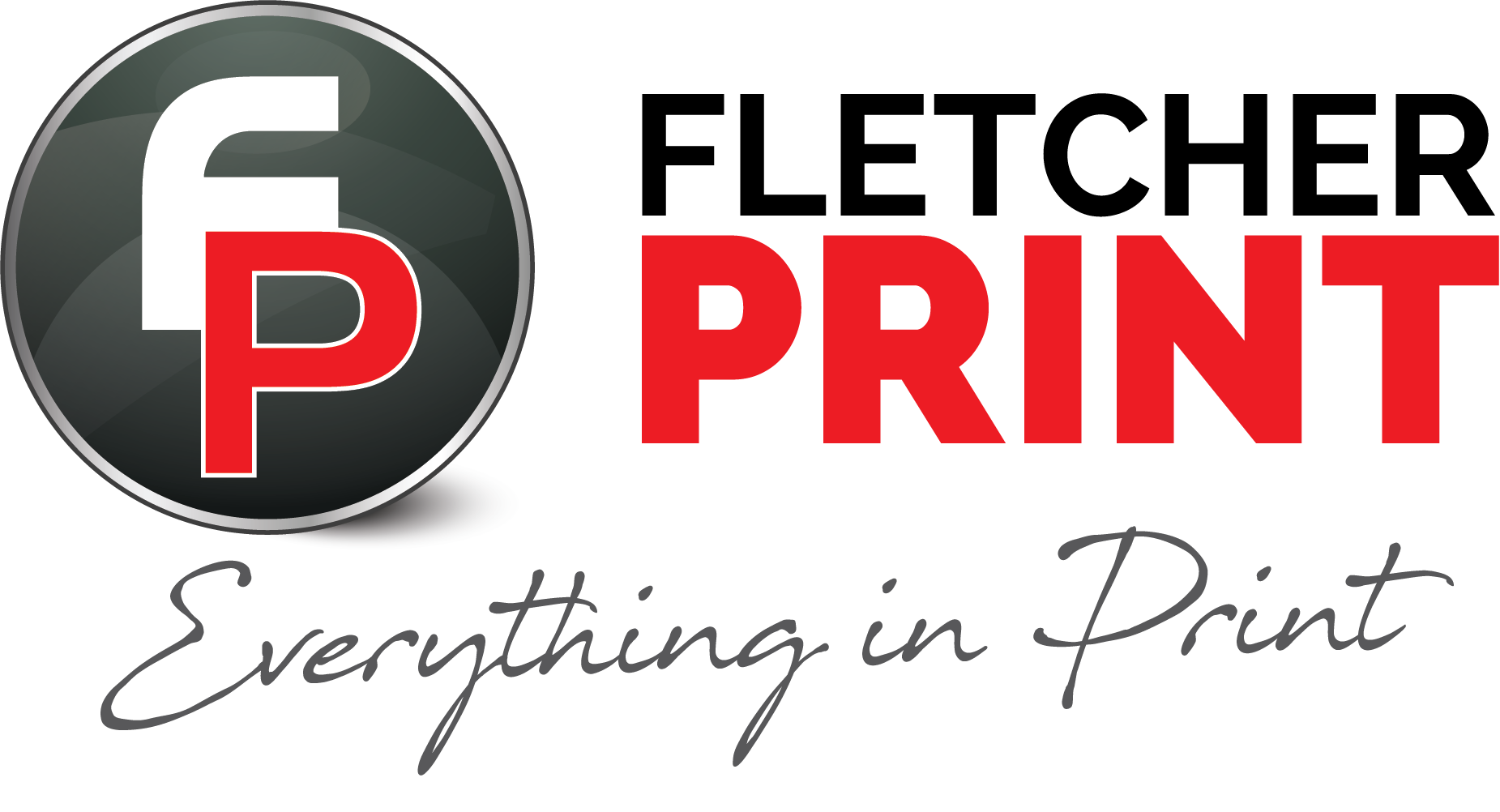FAQs
Preliminaries
Yes, the price list indicates the print price excluding GST and delivery. If you require a special order please contact us and we will provide a quote.
This is one of the hardest issues for a printer to control. What looks bright on a clients monitor may print out quite dark when printed for example on a business card. This is because all monitors are backlit LCD screens and manufacturers fall over themselves to have ever brighter and oversaturated colours. Monitors are sold normally with oversaturated colours and with screens set with the brightness set to 100% or close to. Customers also buy monitors based on rich colours which are generally not true to life, so an accurate print based on your colour monitor is impossible. One of our calibrated monitors, the brightness is currently set at 53%. This changes when we use our colour hardware device
Our system supports RGB (red, green, blue) for producing digital prints only. We have accurately mapped color pallet to convert RGB to CMYK (cyan, magenta, yellow, key) to ensure proper 4-color offset printing. However, it does not take into consideration possible uncalibrated monitors as above.
Standard Australian Print Sizes
In Australia, printing sizes normally follow the international A sizes. If you buy a ream of paper for your printer, it’s generally an A4 size (297 x 210mm).
Most print sizes follow the same proportion. Put two sheets of A4 next to each other in portrait, the subsequent page size is A3.
Why does page size numbering go down when actual print sizes go up? Interesting question and one that I had difficulty when starting in the print industry.
The general largest print size is A0 (1188mm x 841mm) Cut an A0 in half on the long edge, you end up with two x A1’s, do the same again with an A1(841 x 594mm) and you get an A2.
Cut an A2 in half & you get two A3 ’s. This process gets all the way down to generally the smallest pages size we print which is A7 (74 x 105mm).
The other popular printing size is DL. DL is 99mm x 210mm. It’s the size that is used to slip into a standard envelope without needing to fold.
Its one of the most popular sizes for promotions that you will see in your letterbox for the simple reason its very cost effective.
The relationship between an A4 & DL is that three DL ’s can fit on a standard A4 size.
Remember the sizes above are the finished sizes. Printers such as idprint will need bleed if you want your image or colour to go right to the edge.
A5 and larger, up to A3 we prefer 3mm bleed. A2 and larger is better to have 5mm. Smaller than A5 (includes DL), 2mm is fine.
A0 – Print Size: 1189 x 840mm Supplied size: 1199 x 850mm (5mm bleed)
A1 – Print Size: 840mm x 594mm Supplied size: 850mm x 604mm (5mm bleed)
A2 – Print Size: 594mm x 420mm Supplied size: 604mm x 430mm (5mm bleed)
A3 – Print Size: 420mm x 297mm Supplied size: 426mm x 303mm (3mm bleed)
A4 – Print Size: 297mm x 210mm Supplied size: 303mm x 216mm (3mm bleed)
A5 – Print Size: 210mm x 148mm Supplied size: 216mm x 154mm (3mm bleed)
A6 – Print Size: 148mm x 105mm Supplied size: 152mm x 109mm (2mm bleed)
A7 – Print Size: 105mm x 74mm Supplied size: 109mm x 78mm (2mm bleed)
DL – Print Size: 210mm x 99mm Supplied size: 214mm x 105mm (2mm bleed)
DDL – Print Size: 210mm x 198mm Supplied size: 214mm x 202mm (2mm bleed)
300 dpi (dots per inch) is the resolution of the output PDF file. We cannot add resolution. Poor low quality images cannot be "enhanced" by converting to PDF. Images sourced from the web are normally 72dpi, not the 300dpi we like to use for quality printing. If in doubt, please contact us for advice and solutions.
Printing
We use both offset and latest to the market digital printers, which provides the highest quality of print material for both text and images.
